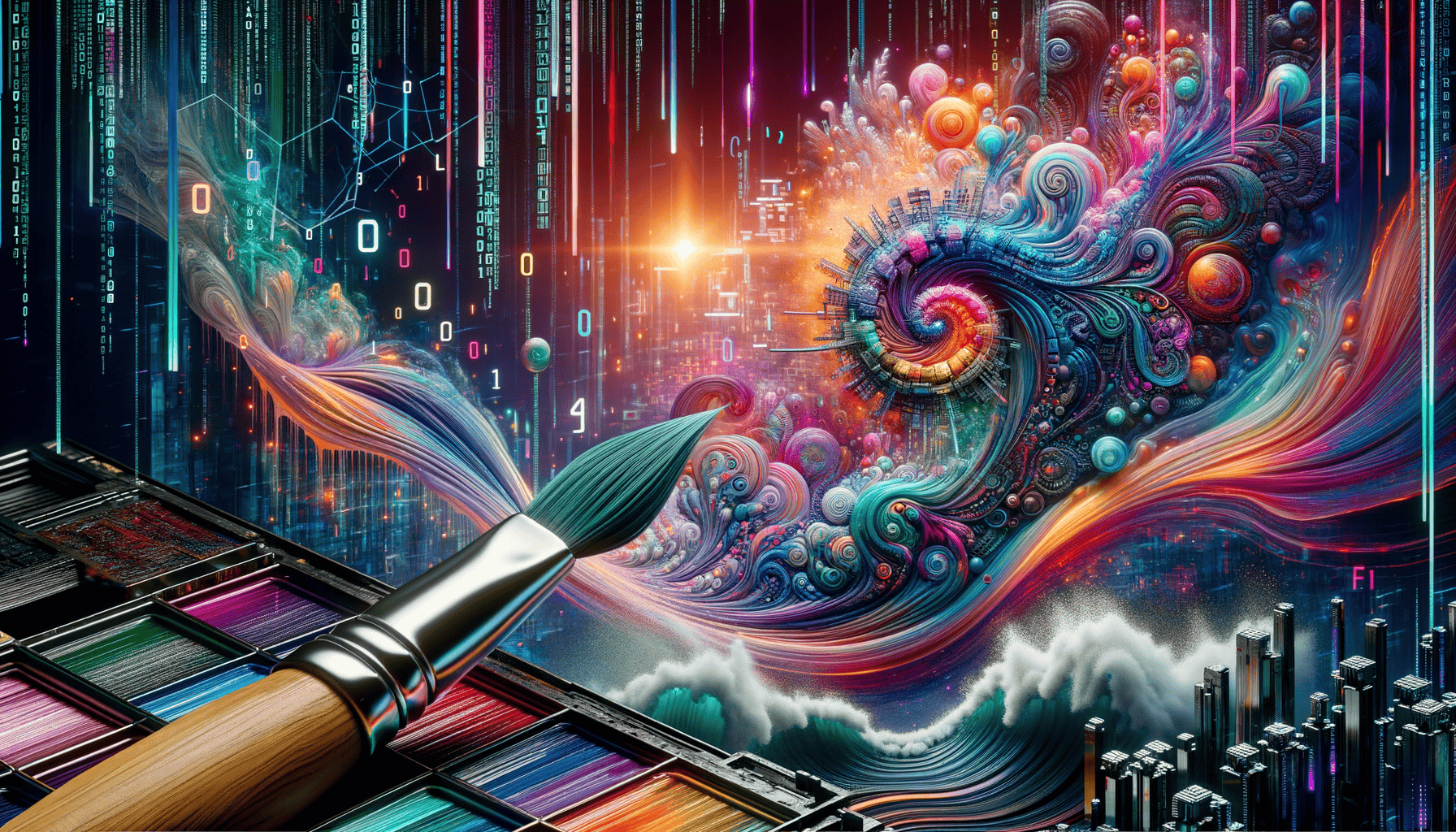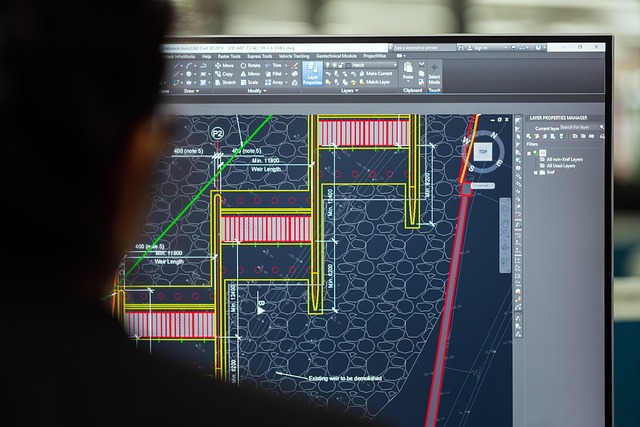Artificial Intelligence has significantly altered various industries, and the world of art and design is no exception. One of the most exciting innovations in recent years is the AI image generator. This tool leverages advanced machine learning algorithms to create stunning images from scratch, based on user input. Whether it’s a text description, a reference image, or a specific art style, AI image generators can quickly turn ideas into visual masterpieces. This revolutionary technology is reshaping the creative process, making art more accessible and opening up new possibilities for artists, designers, and marketers.
What is an AI Image Generator?
At its core, an AI image generator is a system that uses machine learning models, such as Generative Adversarial Networks (GANs), to create images from data. These systems are trained on large datasets of images to understand various visual patterns, styles, and structures. Once trained, they can generate completely new images based on specific inputs, like a written prompt or a rough sketch.
For example, if a user inputs a description like “a futuristic city skyline at night,” the AI will process this information and generate a high-quality image that matches the request. The result can be incredibly realistic or artistically abstract, depending on the desired output. The flexibility of AI image generators makes them a versatile tool in the hands of creative professionals and hobbyists alike.
The Benefits of AI Image Generators for Creators
AI image generators are not meant to replace human artists, but rather to serve as powerful tools that enhance the creative process. Here’s how they’re benefiting creators across different fields:
- For Digital Artists: Artists can use AI image generators to explore new styles and ideas. Whether experimenting with surreal landscapes or visualizing abstract concepts, AI can act as a valuable collaborator, offering inspiration or even providing a starting point for a larger piece of work. This can help artists break through creative blocks and discover new ways of thinking about their art.
- For Designers: Graphic designers and illustrators can use AI tools to generate concepts, illustrations, and mockups quickly. This reduces the amount of time spent on the initial stages of design and allows them to focus on refining and customizing the final product. The ability to generate multiple variations of a design can help designers explore new creative directions without the need to start from scratch.
- For Marketers and Content Creators: AI image generators are being widely used in marketing campaigns. With these tools, marketers can generate custom visuals for advertisements, social media posts, or website content without hiring photographers or spending time on complex design work. AI makes it easier for brands to create personalized imagery that resonates with their target audience. For example, a brand might use an AI image generator to create visuals of their products in a variety of settings or to visualize different marketing themes.
- For Game Developers and Animators: In the gaming industry, AI-generated art has the potential to streamline the creation of assets like environments, characters, and textures. AI image generators can help create quick concept art for a game, speeding up the development process. Similarly, animators can use AI to generate background scenes, character designs, or other visual elements that would otherwise take a lot of time to create manually.
The Accessibility Factor: Democratizing Art Creation
One of the most significant impacts of AI image generators is the way they democratize the process of art creation. In the past, creating high-quality visuals required expensive software, artistic skills, and considerable time. AI has changed this by allowing anyone with a computer and internet access to produce professional-level images. This opens up the creative process to people who might not have the technical ability to use traditional design software or who cannot afford costly tools.
For instance, someone with no formal training in art can now input a description, like “a mountain landscape during the golden hour,” into an AI generator and receive an image that closely matches the description. This accessibility allows anyone with a creative vision to bring their ideas to life, whether they’re a hobbyist, an entrepreneur, or a small business owner.
The Ethical Implications of AI-Generated Art
As AI image generators gain popularity, they raise important ethical questions about the future of art and creativity. One primary concern is the issue of authorship. Who owns the rights to an image generated by AI? Is it the person who provided the input, the creator of the AI, or the AI itself? These legal and ethical issues are still being debated, especially as AI-generated art becomes more prevalent in the commercial and creative sectors.
There are also concerns about the potential for AI to devalue traditional art forms. While AI-generated images can mimic the styles of famous artists or produce visually stunning results, they lack the human element—emotions, intentions, and personal experience—that often define true artistry. Critics argue that relying too heavily on AI could lead to the homogenization of art, where everything becomes a product of algorithms rather than individual creativity.
However, many believe that AI should be seen as a tool that enhances rather than replaces human creativity. Just as photography or digital editing didn’t eliminate traditional painting, AI can coexist with traditional forms of art, offering new ways to explore ideas and expand the boundaries of creativity.
The Future of AI Image Generators
As AI technology continues to advance, the potential for AI image generators in the world of art and design is vast. Future developments will likely include more sophisticated algorithms capable of understanding even more complex inputs and creating images with greater realism and nuance. AI tools will become more intuitive, allowing for even deeper collaboration between artists and machines.
Additionally, the integration of AI image generators into immersive technologies like virtual reality (VR) and augmented reality (AR) may open up new possibilities for interactive and dynamic art creation. Artists could create and manipulate AI-generated images in real-time, developing immersive environments or engaging in new forms of digital storytelling.
Conclusion
The rise of the AI image generator is transforming the landscape of art and design, offering artists, designers, and creators an innovative tool to enhance their work. By streamlining the creative process and making art more accessible, AI is breaking down barriers and inspiring a new generation of creators. While it raises important ethical questions, AI is undoubtedly a powerful asset that can push the boundaries of visual creativity and lead to exciting new artistic possibilities. As the technology evolves, it will continue to shape the future of digital art in ways we can only begin to imagine.



